By Bill Adkins
When building a fire apparatus with front or rear intakes, most manufacturers don’t take into consideration whether the department using it may need to draft from those intakes. If you have ever tried pulling a draft from the front or rear intake with an empty water tank, then you know how difficult that may be. When using front or rear intakes, the primer at the pump housing must move tremendous amounts of air before reaching the water source. What can we request on our build sheet to accommodate such situations? One fix is adding a second primer to those long intakes.
Pumps are tested when built (and annually) to ensure all components are in working order and to verify the pump capabilities. During this test they are almost always tested using the side intakes. This has significantly less cubic feet of air than using the front or rear intakes. Because of this, additional primers are not installed unless requested from the buyer.
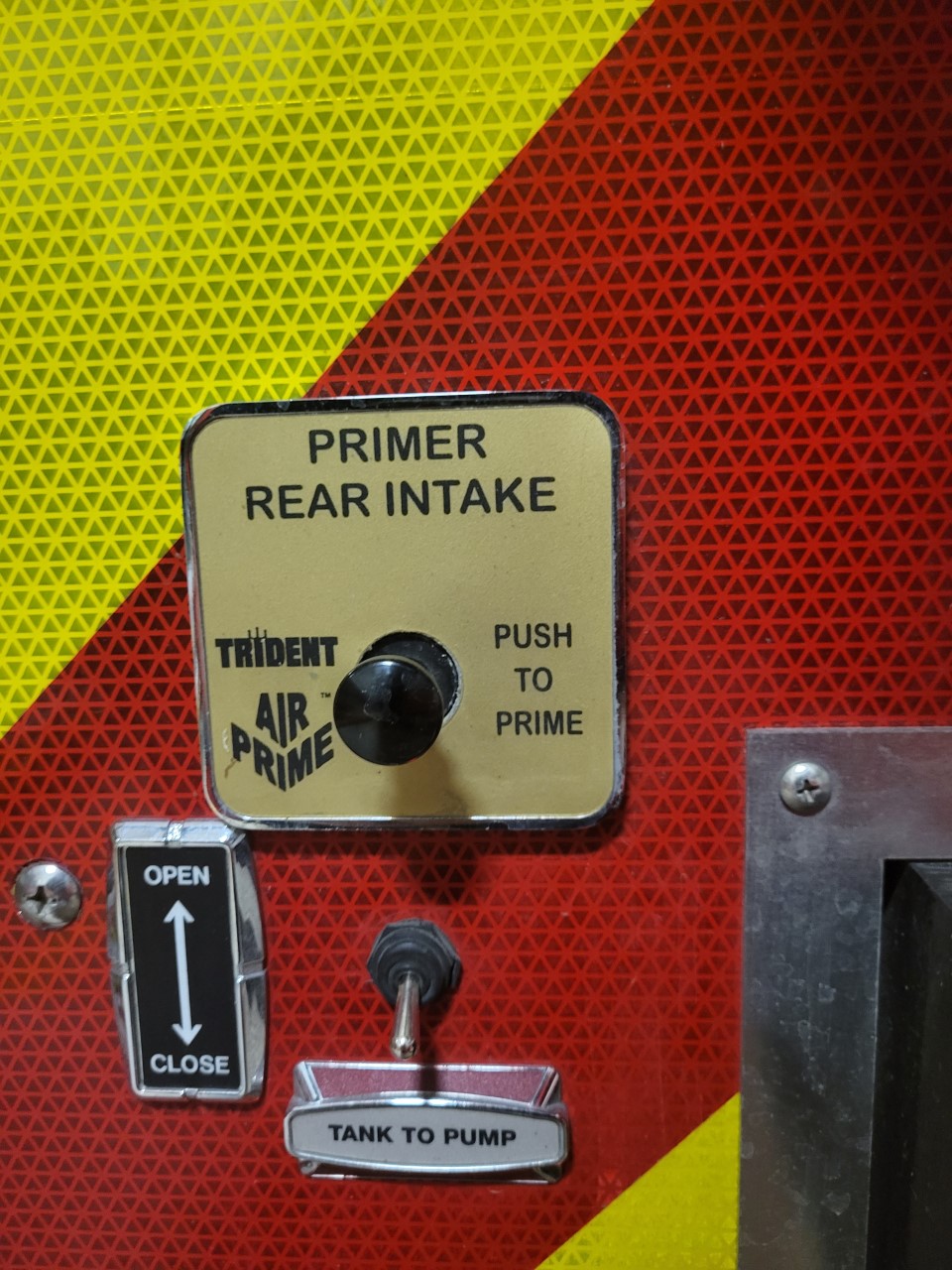
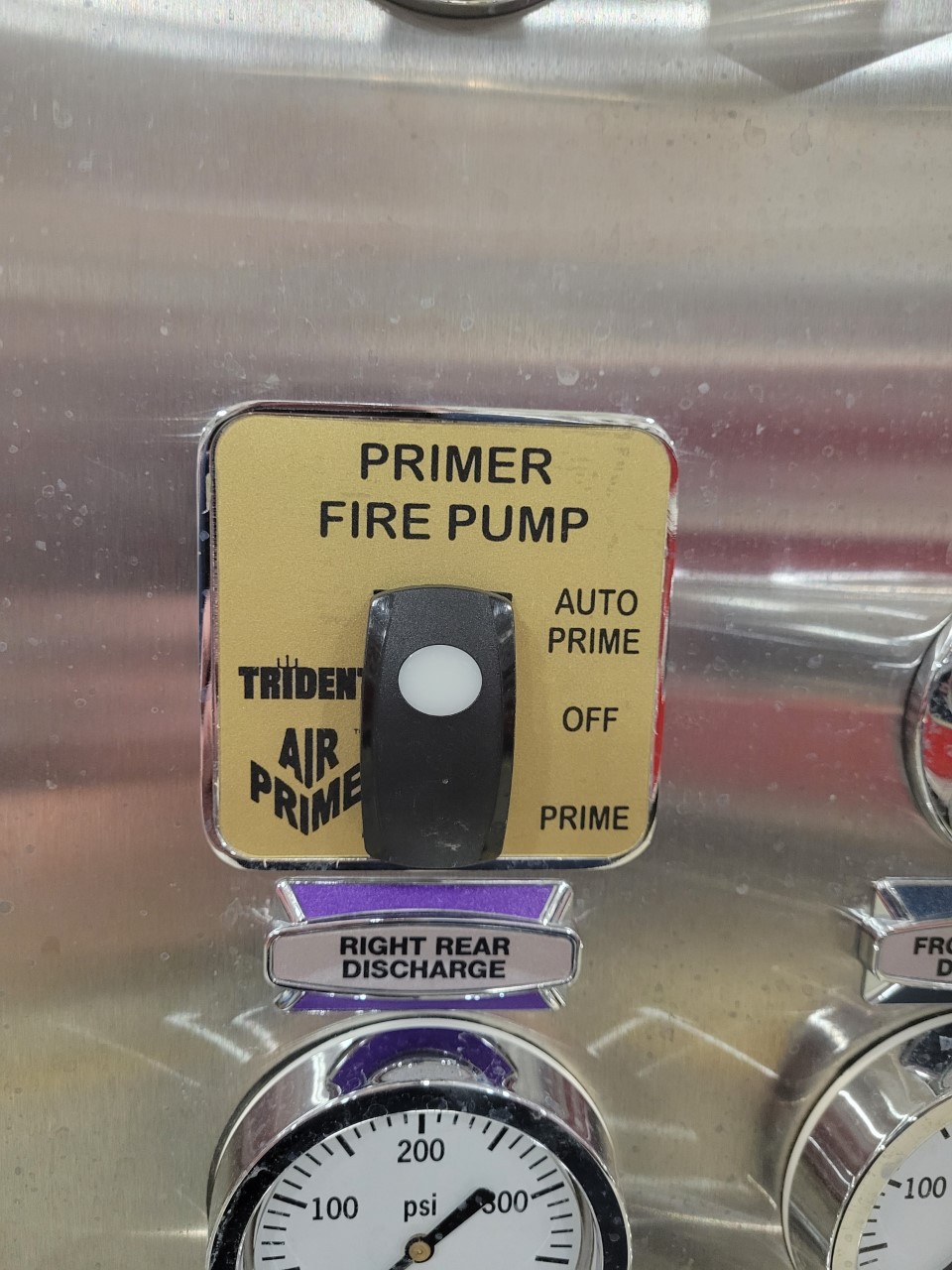
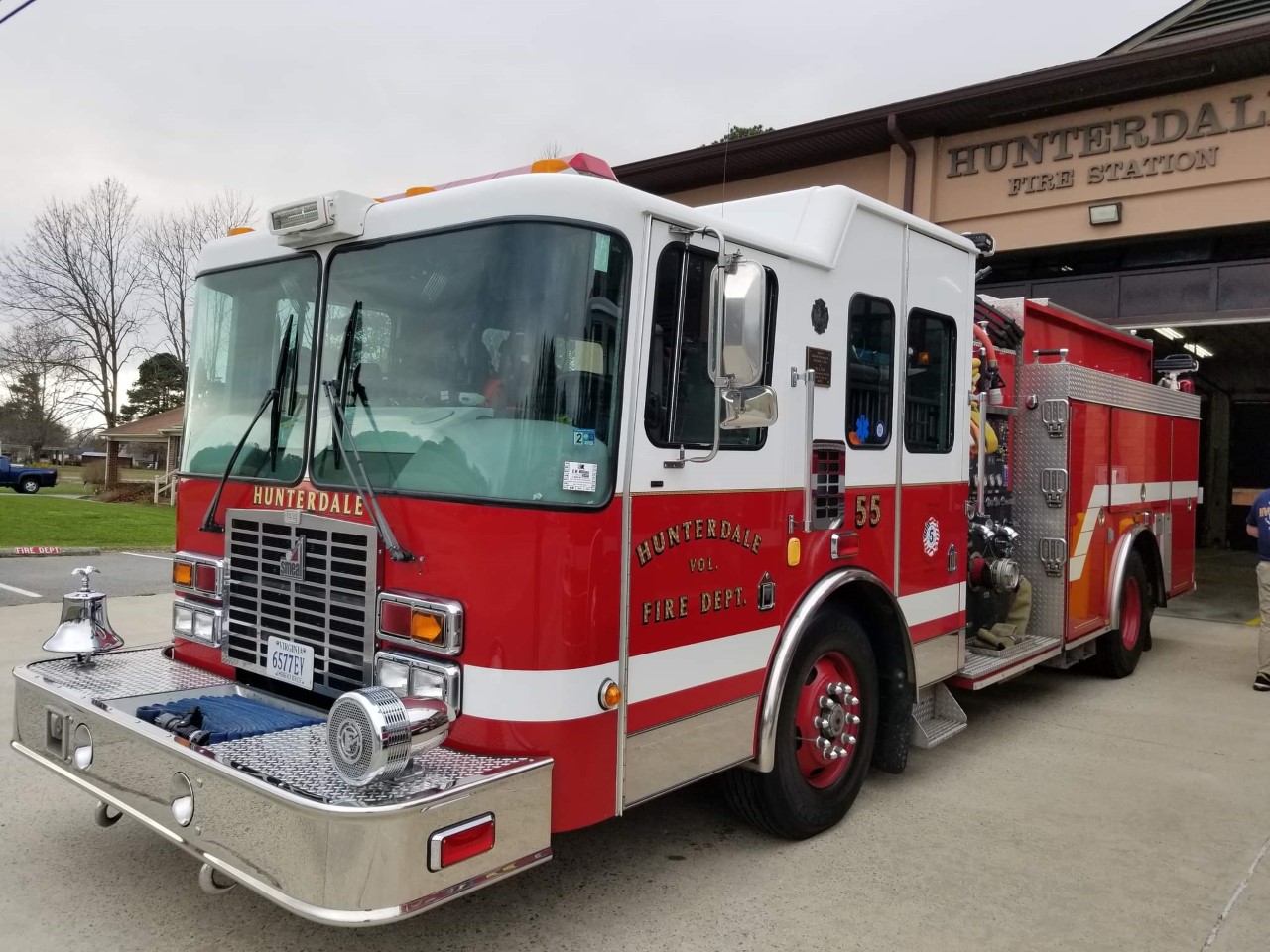
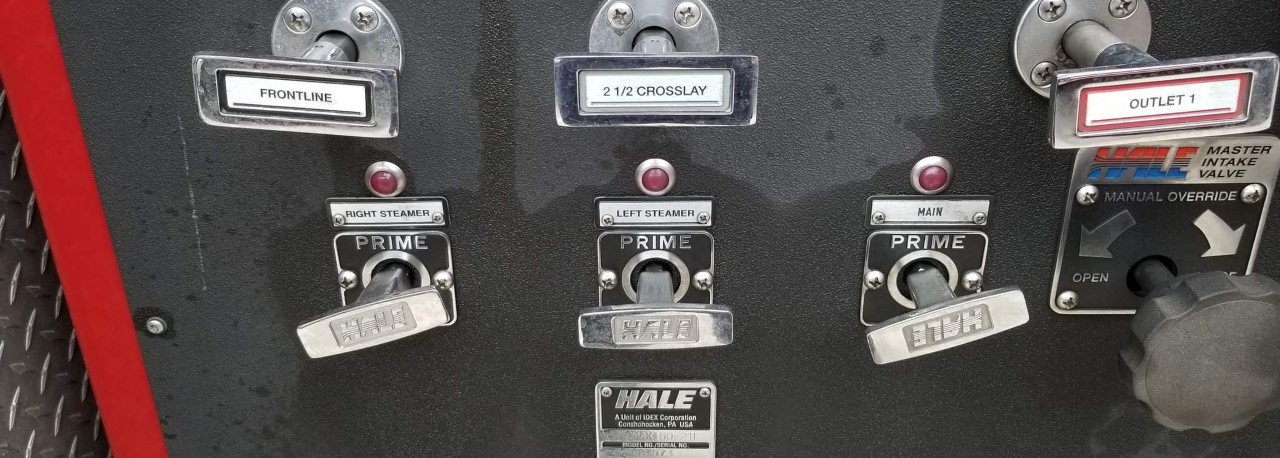
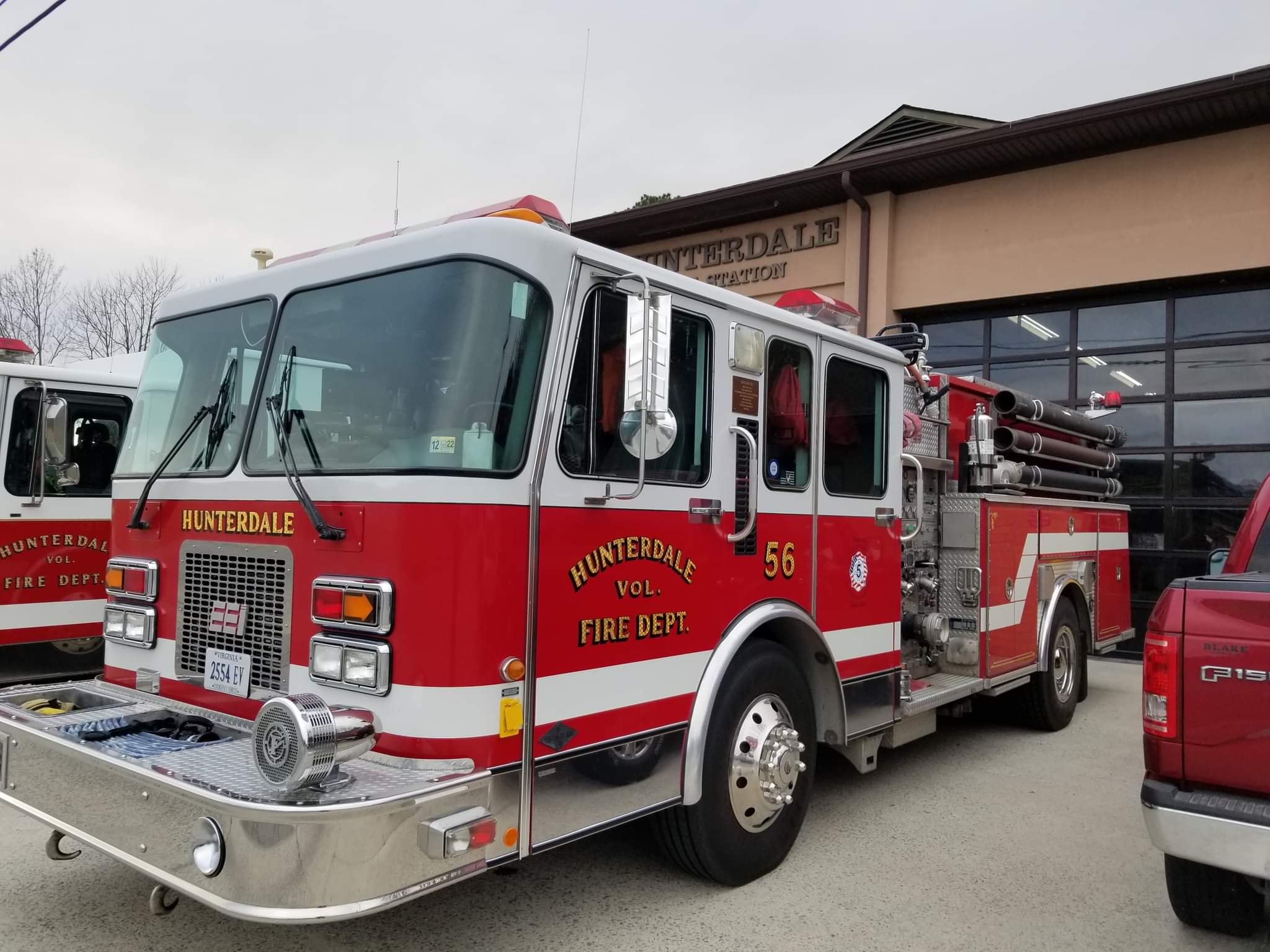
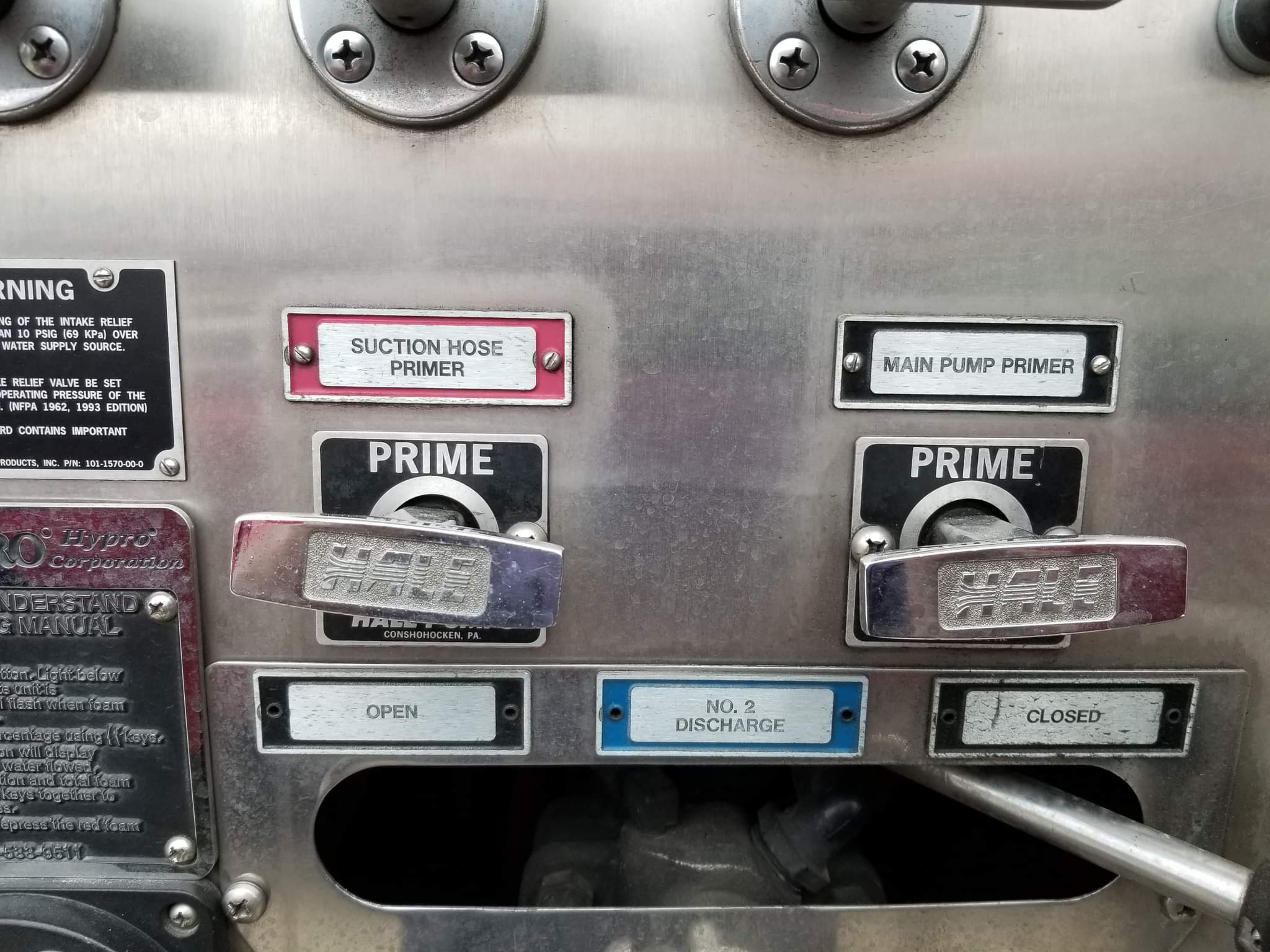
Modern primers have evolved many times over the years. For years we had to worry of overheating our primers. I remember the old saying, “Prime for 30 seconds and wait 30 seconds, then start again.” In that 30-second wait time, if there was an air leak in the system you may lose what you had already gained. Those primers went from oil-lubricated to water-lubricated and cooled. The most recent primer is the air primer. The air primer can run continuously without the worry of overheating. One step further is the air primer with the auto setting. The auto air primer will sense air pockets and start priming until the air pockets subside.
The act of priming a pump consists of creating a negative pressure in the pump so that atmospheric pressure forces water from a static water source through the airtight piping into the pump. Adding a second primer aids in creating this negative pressure. It is important when adding the second primer to make sure it is added on the highest point of the front or rear intake piping.
If you are a part of a rural fire department it is known that you will most likely be drafting from a static water source. When having an apparatus built it would be beneficial to have a second or third primer added to the mix. Anytime we have the opportunity, we should take advantage of that time, to build an apparatus to make our operations work seamlessly.
Alternate Ways to Establish a Draft
There are other ways to create a negative pressure to establish a draft. Maybe you are not buying another apparatus for a while and the primer you have just seems to have a hard time pulling that water to the pump. Maybe your department is pinching pennies and cannot afford to add additional primers to your apparatus. We can still get creative in making our apparatus pull a draft like it is new. The key in the following methods is to not run out of our tank water. Even as little as 100 gallons can help us establish a draft without the need of a primer.
The burp draft is a unique way to establish a draft without the need of a primer. Bringing up the RPM’s and pump pressure to roughly 150 PSI; open the tank to pump and tank fill (recirculate) valves fully; and once you have complete recirculation, slowly start to open the intake valve little bits at a time. The operator will hear when the pump establishes draft.

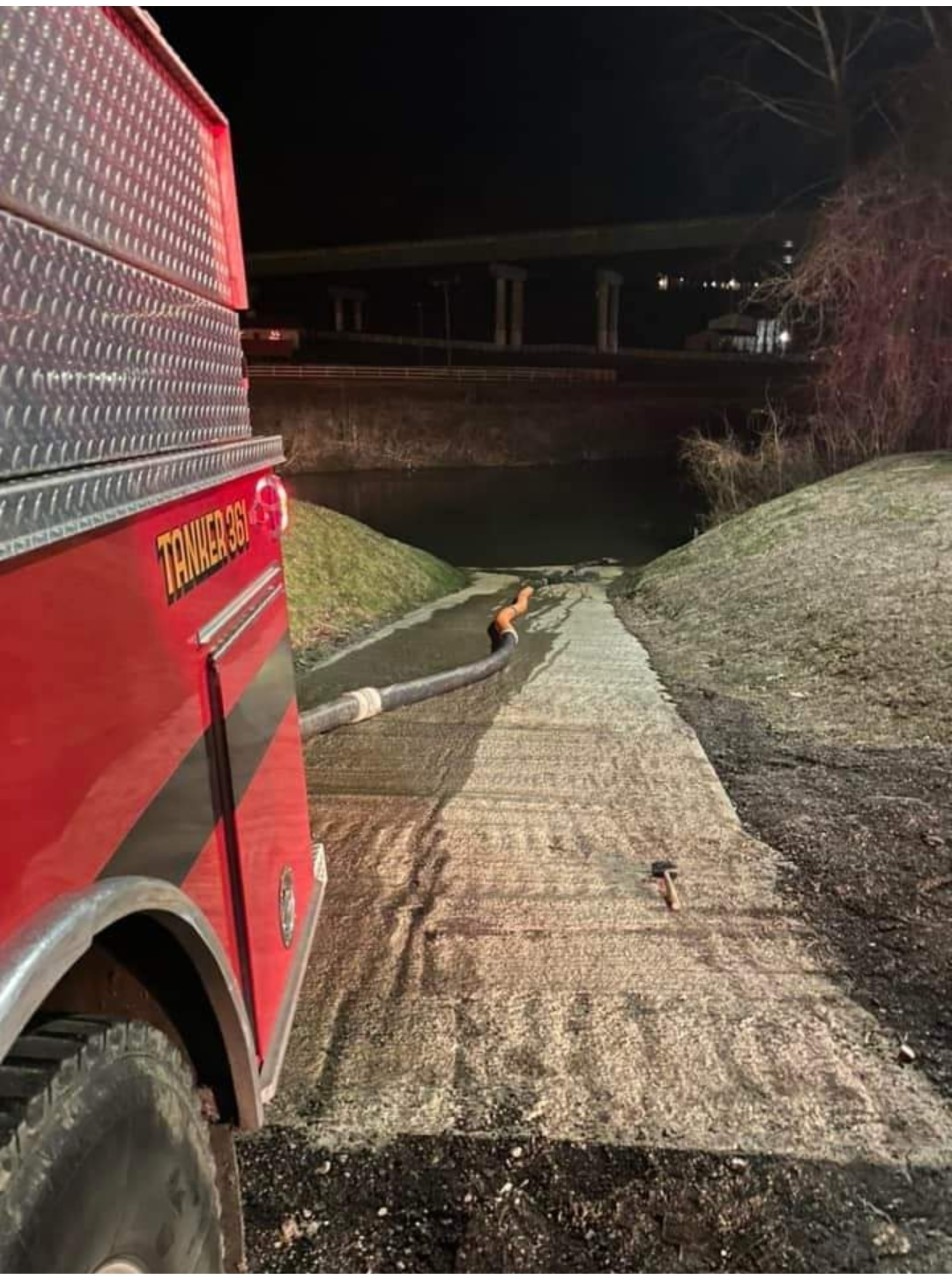
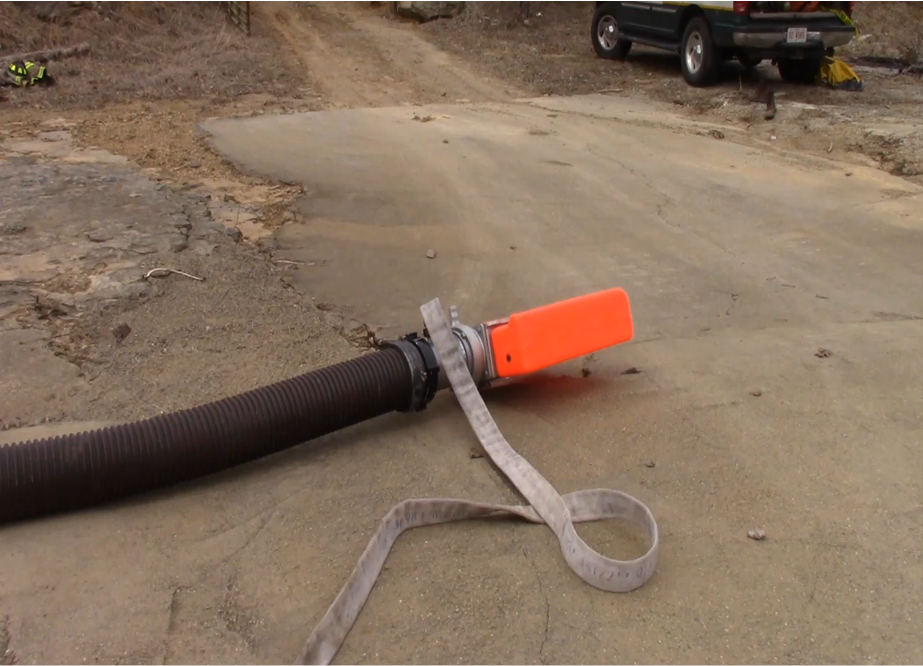
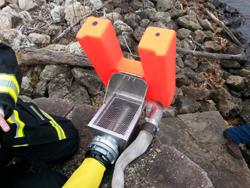
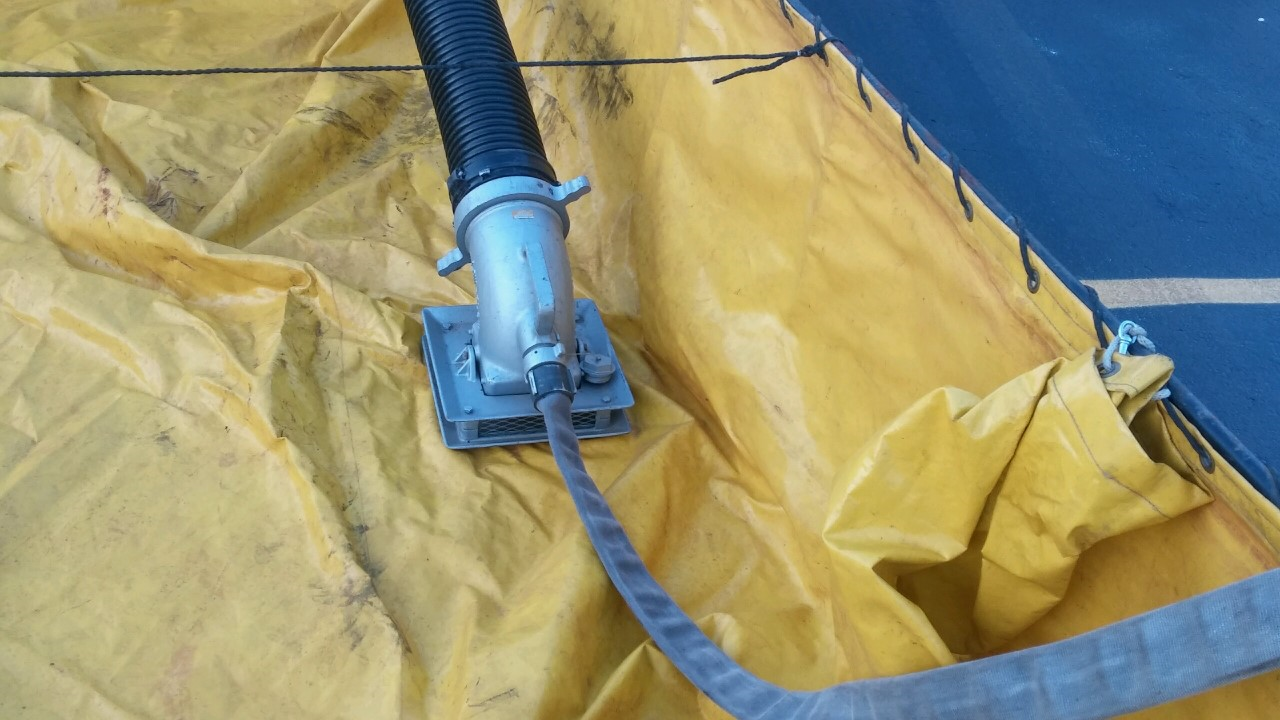

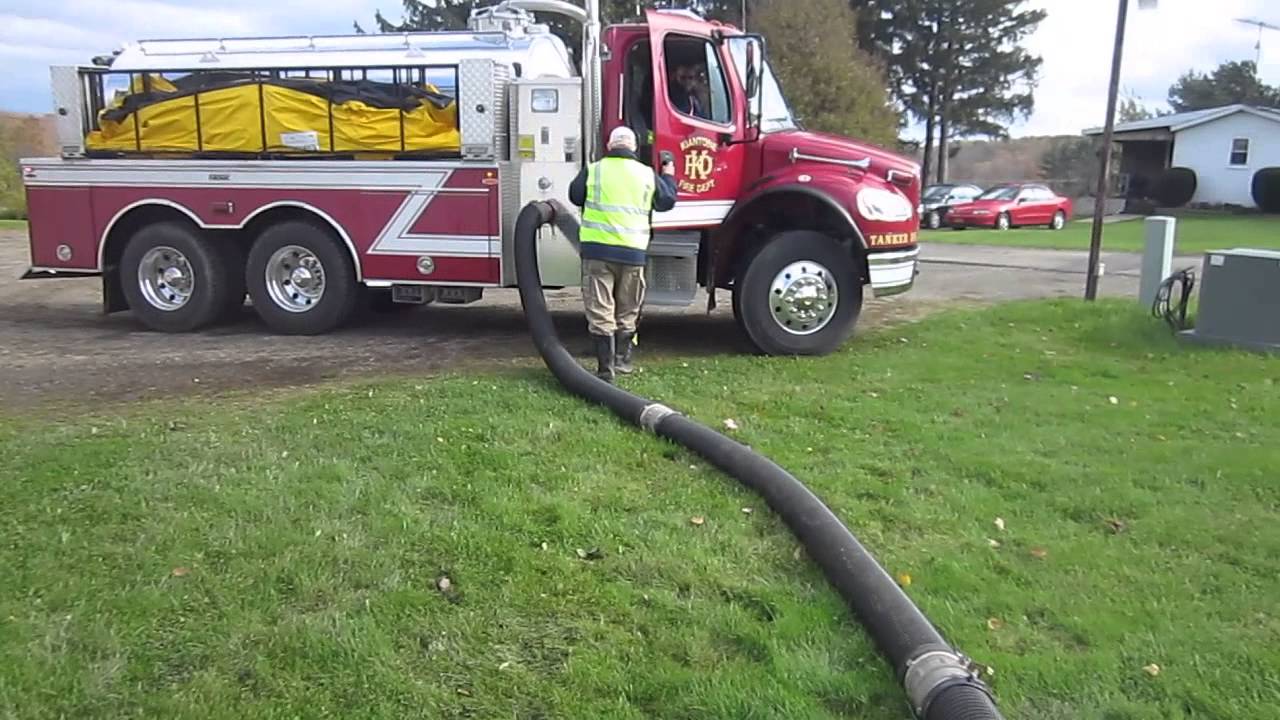
Another technique is to jet syphon the water into your pump. This can be accomplished one of two ways: If using a portable tank, a low-profile strainer with a 1 ¾-inch discharge will be used to force the water to the pump. If drafting out of a lake or pond a floating jet syphon or turbo draft should be used to prevent sediment from entering the pump. Whether using a jet syphon or burp drafting, one can still use a primer to aid in establishing the draft.
Extreme Priming Power
This article has touched on drafting by using more than one priming device. I will leave you with one more tool to help establish a draft: A vacuum tanker has the ability to create a negative pressure that is equivalent to 125 primers. Yes, you read that right. We have been talking about two to three primers to aid in drafting. If drafting is a true challenge in your rural area maybe a vacuum tanker is the answer for you.
Vacuum tankers or pumpers have recorded high flows when drafting over 120 feet away. A recent post showed crews drafting 90 feet away from water source with 20 feet of vertical lift and was still filling at a rate of 700+ gallons per minute.
Final Thoughts
These examples show us that the conventional way of drafting is not always the most efficient. Please take the time to research your options so your apparatus works for you. Once we decide what option to go with, it is still imperative that we train, train, train on that theory. We don’t want operator error to be the reason we fail on the fireground.

